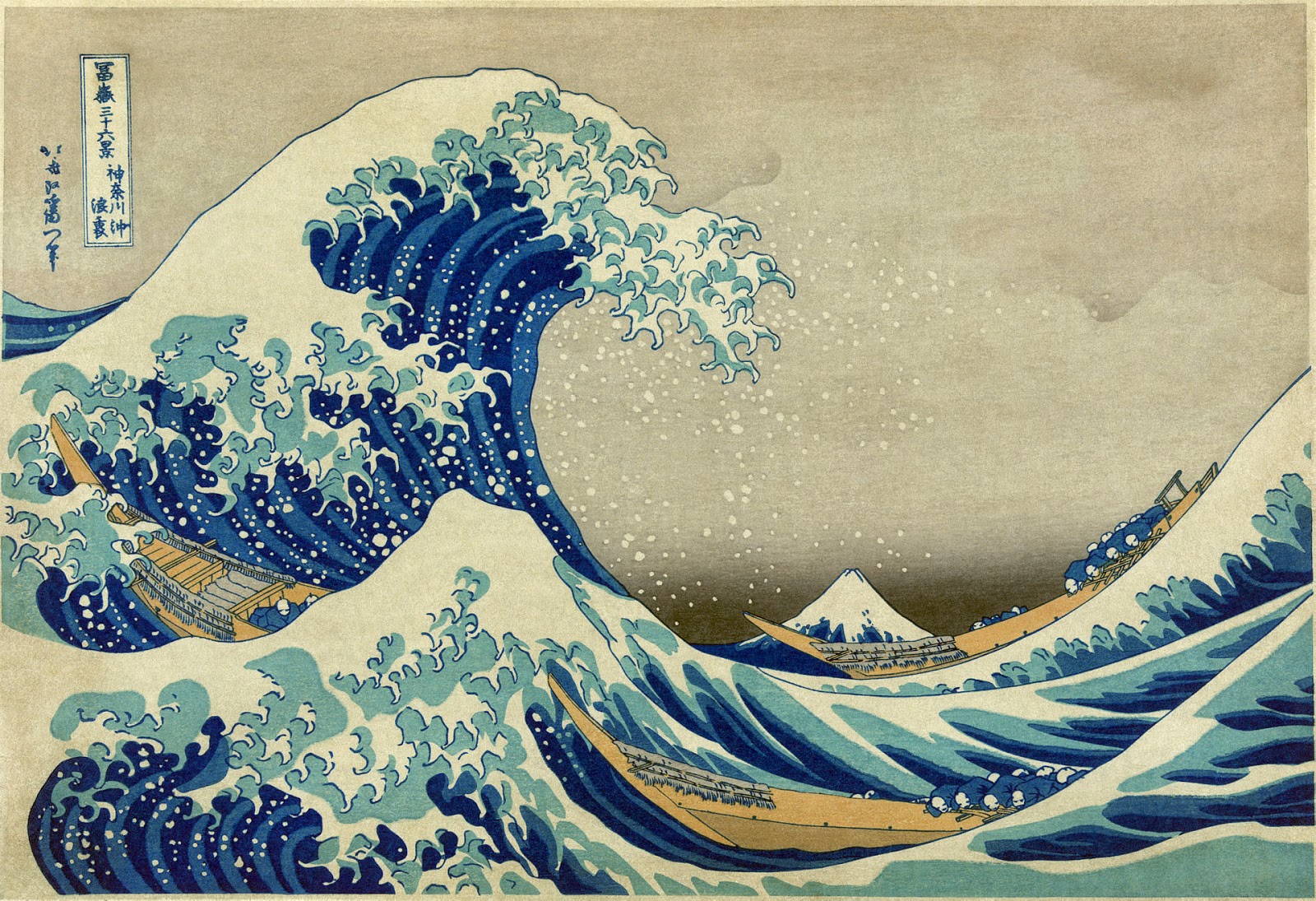BRIEF GLOSSARY OF SOME JAPANESE CULTURAL TERMS
ANIME and MANGA
Manga
(漫画) are comics created in the Japanese language,
conforming to a style developed in Japan in the late 19th century. They
have a long and complex pre-history in earlier Japanese art.
 |
| JoJo's Bizarre Adventure-Famous Manga Comic |
Anime (アニメ) are Japanese animated productions featuring hand-drawn or computer animation. In other languages, the term is
defined as animation from Japan or as a Japanese-disseminated animation style often characterized
by colorful graphics, vibrant characters and fantastic themes.
BONSAI
Bonsai (盆栽) or plantings in tray, from bon ( tray or low-sided pot) and sai (planting) is a Japanese art form using
miniature trees grown in containers. The purposes of bonsai
are primarily contemplation (for the
viewer) and the pleasant exercise of effort
and ingenuity (for the grower).
GEISHA
Geisha (芸者 ), geiko (芸子) or geigi
(芸妓) are
traditional Japanese female entertainers who act as hostesses and whose skills
include performing various Japanese arts such as classical music, dance, games
and conversation, mainly to entertain male customers.
HANAMI (VIEWING CHERRY BLOSSOMS)
Hanami (花見, or "flower viewing") is the
Japanese traditional custom of enjoying the transient beauty of flowers;
"flower" in this case almost always meaning cherry blossoms ("sakura") From the end
of March to early May, sakura bloom all over Japan. The forecast for the
blooming of the flowers is keenly watched and documented each year.
IKEBANA
Ikebana (生け花) is the Japanese art of flower arrangement. It is
a disciplined art form in which nature and humanity are brought together. Ikebana
often emphasizes areas of the plant, such as its stems and leaves, and draws
emphasis toward shape, line, and form.
NINJA
A Ninja
(忍者) or Shinobi
(忍び) was a covert agent or mercenary in feudal Japan. The
functions of the ninja included espionage, sabotage, infiltration,
and open combat in certain situations. Their covert methods of waging war
contrasted the ninja with the samurai,
who observed strict rules about honor and combat.
MAIKO
Maiko (舞妓) is an apprentice Geiko (not
exactly same as geisha) in Kyoto, western Japan. Their jobs consist of
performing songs, dances, and playing the shamisen (three-stringed Japanese
instrument) for visitors during feasts.
MATCHA TEA
Matcha
(抹茶) is finely milled or fine powder green tea. The Japanese tea ceremony centers on the preparation, serving, and drinking of
matcha.
RELIGIONS
In Japan, less than 40% of the people identify
with an organized religion although a much larger number participate in the
rituals of worship at mainly Shinto shrines and private altars.
Buddhism (仏教) first arrived in Japan
in the 6th century from the kingdom of Bakje in Korea. Many sects of
Buddhism exist stemming from the original life and teachings of the Buddha.
Shinto
(神道), is
the indigenous religion of the Japanese people. It is defined as an action-centered religion, focused on ritual practices to be
carried out diligently, to establish a connection between present-day Japan and
its ancient roots.
SAMURAI
Samurai (侍) were the military nobility of medieval and early-modern Japan. In Japanese, they
are usually referred to as bushi
(武士) or buke (武家). They are closely
associated with the middle and upper echelons of the warrior class. While the
samurai numbered less than 10% of Japan's population their teachings can still
be found today in both everyday life and in modern Japanese martial arts.
SUMO
Sumo is a Japanese style of wrestling and Japan's
national sport. The rules are simple: the wrestler who first exits the ring or
touches the ground with any part of his body besides the soles of his feet
loses. Matches take place on an elevated ring (dohyo), which is made of clay
and covered in a layer of sand. A contest usually lasts only a few seconds, but
in rare cases can take a minute or more.
SUSHI and SASHIMI
What is the
difference? Good article here.
Sushi: vinegared rice mixed with other ingredients
TEA CEREMONY
The Japanese tea ceremony is the sparse, stylized ceremonial preparation and serving of matcha, powdered green tea. Zen Buddhist practice was a primary influence in the development of the Japanese tea ceremony.
TRADITIONAL THEATRE
Noh (能) is a musical drama that has been performed
since the 14th century. It is often based on tales from traditional literature
with a supernatural being transformed into human form as a hero narrating a
story. Noh integrates masks, costumes and various props in a dance-based
performance, requiring highly trained actors and musicians.
Kabuki (歌舞伎) is highly melodramatic but strictly historical,
combining form, color and sound into one of the world's great theatrical
traditions. The actors are all male, and also play female roles.
Bunraku (文楽), is a form of traditional Japanese puppet theatre, founded in Osaka
in 1684. Performers include puppeteers, chanters, and musicians.
WABI SABI
Wabi-sabi (侘寂) represents a comprehensive Japanese world view or aesthetic centered on the
acceptance of transience and imperfection, derived from Buddhist teaching recognizing impermanence, suffering, and emptiness. Characteristics
of the wabi-sabi aesthetic include asymmetry, asperity (roughness or irregularity), simplicity, economy, austerity, modesty, intimacy,
and appreciation of the ingenuous integrity of natural objects and processes.














